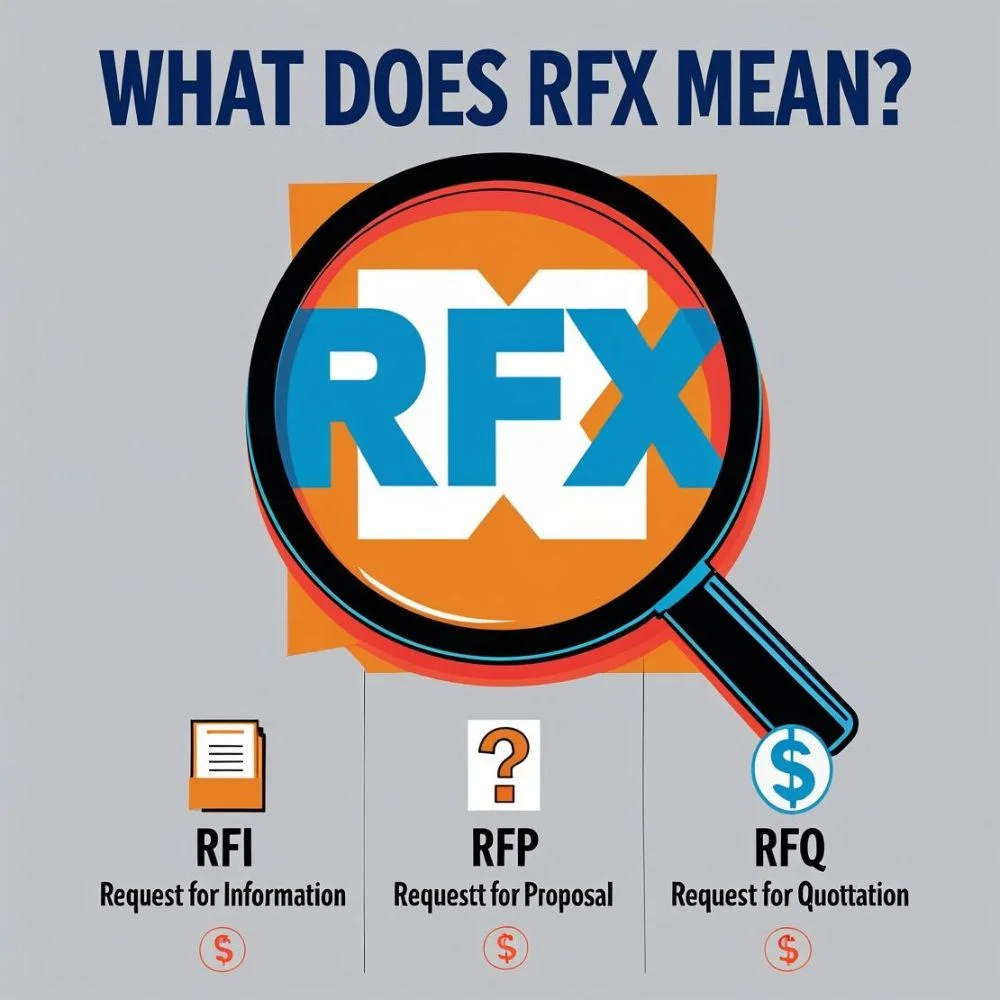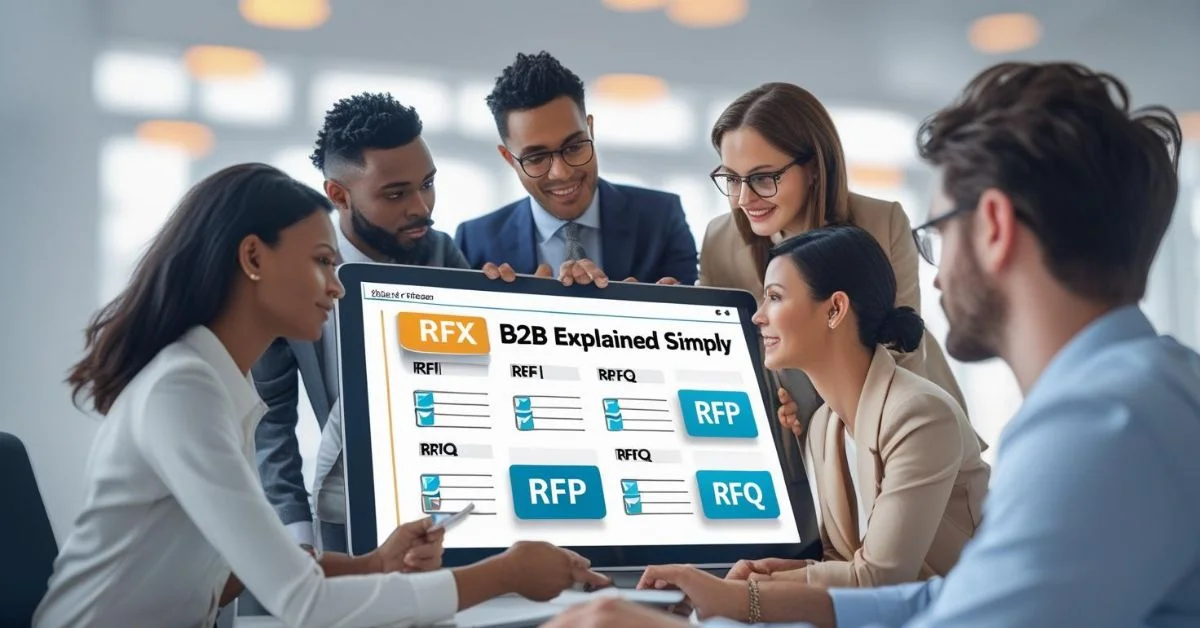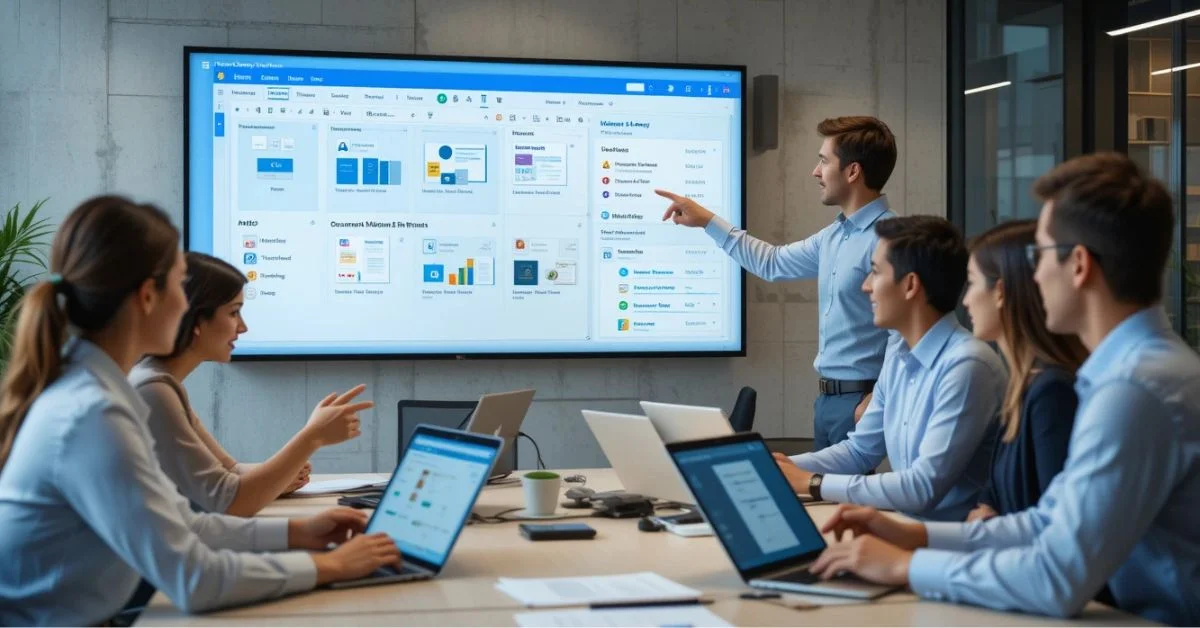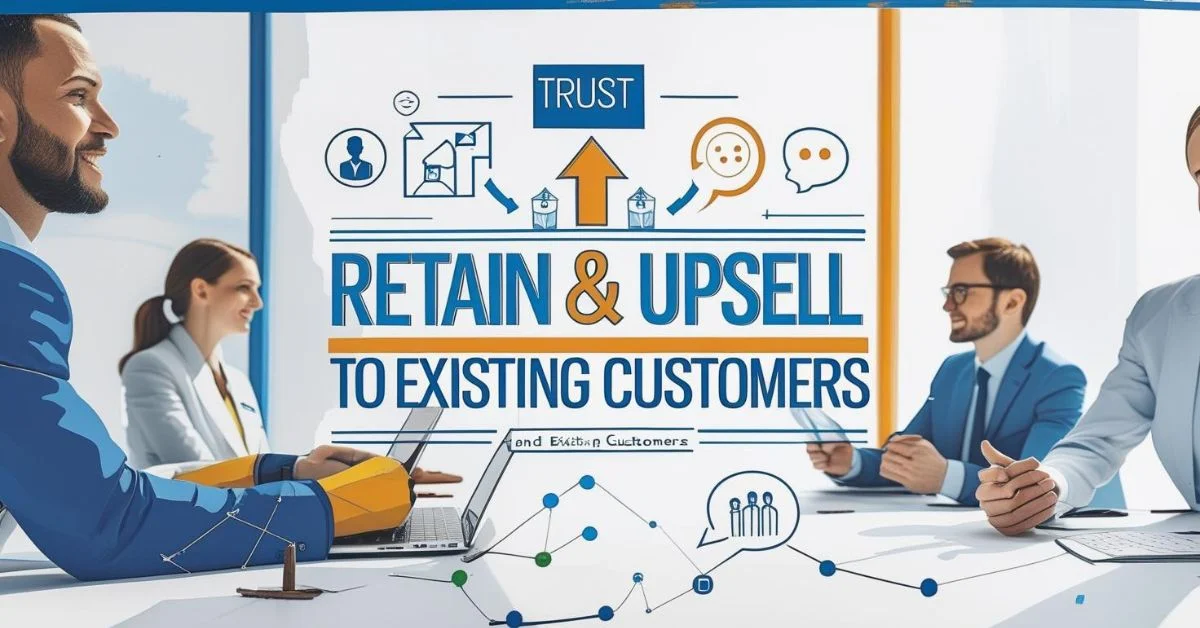When you’re running a business, every decision matters, especially when it comes to buying products or services from other companies. The way you handle these decisions can make or break your success. That’s where RFX B2B comes in. This process can help you find the right vendors, compare options easily and get the best deals.
What Does RFX Mean?
RFX is a group of tools businesses use to collect information from potential suppliers. It includes:

- RFI (Request for Information)
- RFP (Request for Proposal)
- RFQ (Request for Quotation)
These tools help you ask the right questions before choosing a vendor. Think of RFX as a smart way to shop but for businesses.
Breaking Down RFX One Step at a Time
1. RFI Request for Information
When you’re unsure about the market or what’s available, an RFI helps. It’s a way to ask general questions so you can learn more about your options. You’re not making a purchase yet you’re just gathering facts.
Sample questions include:
- What services do you offer?
- Who are your past clients?
- What industries do you serve?
This stage makes it easier to spot and remove vendors who don’t meet your needs.
2. RFP Request for Proposal
Once you know what you need, the RFP lets vendors send you a complete plan. You share your project goals, budget and timeline. In return, suppliers propose how they would handle your needs including costs, strategy and delivery time.
This step is helpful when you’re looking for more than just a price, you want the best overall solution.
3. RFQ Request for Quotation
When you’re clear about what you want, an RFQ helps you compare pricing. You send out a request asking, “How much will this cost?” This is perfect for simple, clear needs like raw materials, equipment, or bulk orders.
It ensures you don’t overpay and get the most value for your money.
How RFX B2B Helps You Choose the Right Vendor?
RFX B2B gives businesses a clear and organized way to compare suppliers not just by price, but by quality and reliability. Instead of guessing, you make decisions based on real data.
Here’s how it supports your growth:
- Better Quality: Ask the right questions before signing any deal.
- Less Risk: Avoid weak or unreliable vendors.
- Faster Decisions: Streamlined steps save you time.
- Smarter Budgets: Get clear pricing with no surprises.
- Stronger Trust: Clear communication builds long-term partnerships.
Using RFX means smarter choices, fewer mistakes, and more confident business decisions.
Why RFX Matters in B2B Deals?
In B2B transactions, the stakes are high. Whether you’re buying software, equipment or services every deal can impact your profits and long-term goals. RFX gives you a system to:
- Compare vendors easily
- Save time and effort
- Make informed, confident decisions
- Avoid overpriced or low-quality options
- Keep the process fair and transparent
Instead of guessing or rushing, you move forward with clarity.
A Real-World Example of RFX B2B
Imagine you’re a retail company looking for a packaging supplier. You don’t want to just pick a random vendor. Here’s how you might use RFX:
- Start with an RFI to learn what kinds of packaging options exist
- Send an RFP to the top suppliers asking them how they’d meet your needs
- Use an RFQ to get price quotes from the final shortlist
- Compare proposals and make the best business decision
This approach gives you control and confidence at every step.
When Should You Use RFX B2B?
Use RFX when:
- The purchase is large or long-term
- You need to compare multiple suppliers
- The service or product is complex
- You want to build ongoing vendor relationships
- Risk of a bad decision is high
For smaller or one-time purchases, you might skip some steps. But for major deals, RFX is a smart move.
Common RFX Mistakes to Avoid
To make the most of RFX B2B, avoid these mistakes:
- Writing unclear requests
- Choosing vendors based only on price
- Not allowing enough time for responses
- Ignoring communication from vendors
- Skipping research before starting
Every step in the RFX process plays a role don’t rush it.
Tips for Better Results
Here’s how to get the best value from your RFX process:
- Be clear and detailed in your RFPs
- Ask for samples or references
- Use online tools to manage responses
- Review not just price but also service, experience and reliability
- Keep your process fair and open
Doing this builds trust and leads to better long-term vendor relationships.
RFX in the Digital World
Today, many companies use software platforms to manage RFX. These tools help send, track and compare all responses in one place saving time and avoiding mistakes.
Popular RFX platforms include:
- SAP Ariba
- Coupa
- RFP360
- Zoho
Even if you’re a small business, using such platforms can make your decisions faster and smarter.
Final Words
RFX B2B isn’t just a corporate tool it’s a smart business strategy. Whether you’re running a startup, growing a mid-size firm, or managing a large organization, using RFX can help you choose the best vendors, avoid costly mistakes and stay ahead in the market.
Next time you’re buying something for your business, take a smarter approach instead of relying on guesses. Use the RFX method and make the deal work for you, not against you.



